Pixel 6 Pro vs iPhone 13 Pro: Google or Apple, which smartphone is best for you?
Trying to decide between Android and iOS? In this Pixel 6 Pro vs iPhone 13 Pro shootout you can decide the right one for you
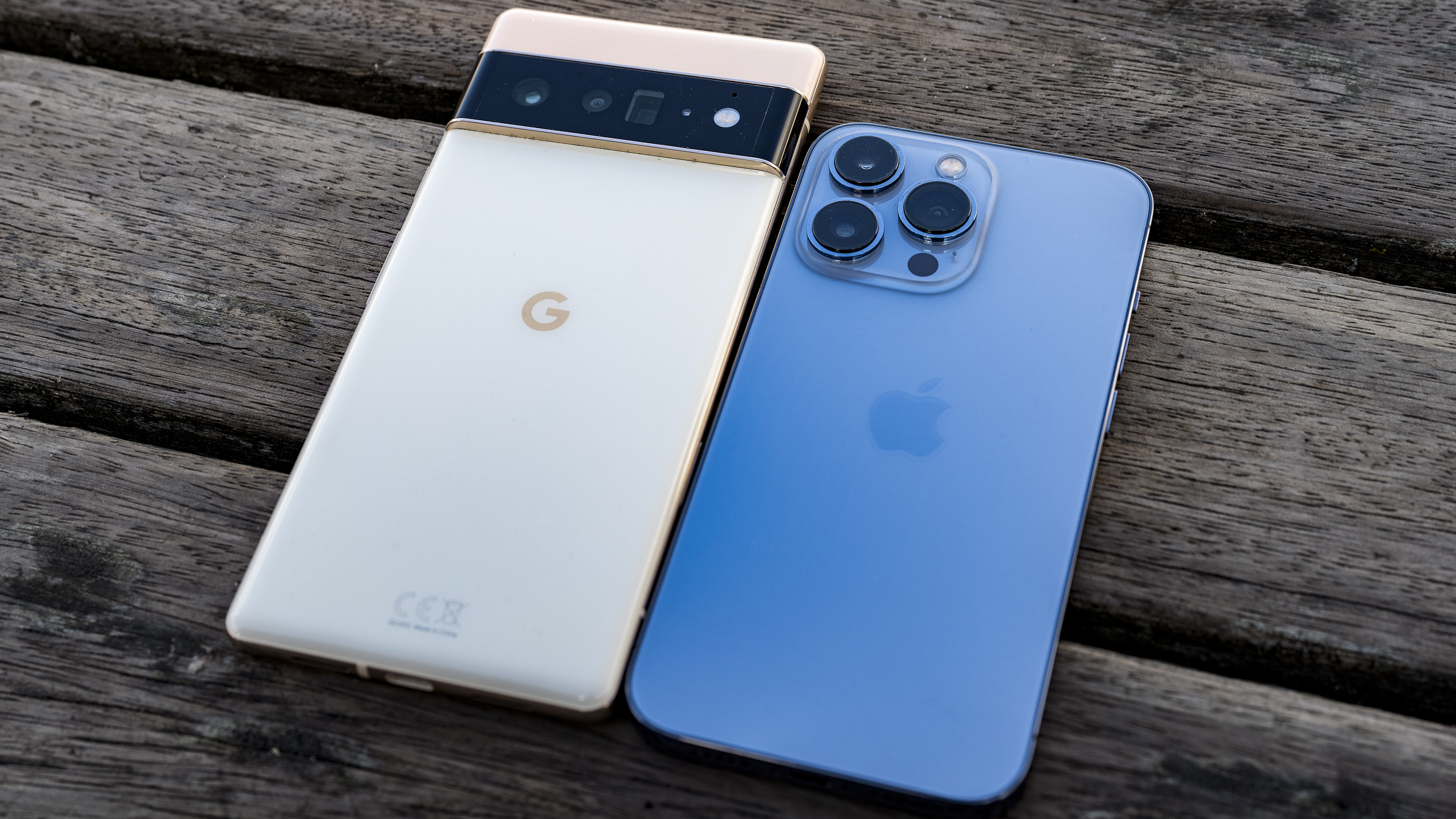
When it comes to choosing the best smartphone for photography, we’re a little spoiled for choice at the moment.
There’s lots of models on the market which claim to be the ideal smartphone for photographers, with companies expending a lot of energy and marketing budget on trying to convince you of their respective photographic prowesses.
Given its name, the Google Pixel 6 Pro is one such phone, and is the latest in Google’s line of photography-friendly devices. For the first time in its history, it now includes three lenses, and comes blended with its usual mix of clever AI and machine learning technology. Meanwhile, the iPhone 13 Pro is also packed with three different lenses, and similarly makes big claims about its own on-board features.
In this piece we’ll be looking at how the Google Pixel 6 Pro and the iPhone 13 Pro (as well as the iPhone 13 Pro Max - as both use the same cameras) stack up against each other to help you decide which one you might go for.
Google Pixel 6 Pro vs iPhone 13 Pro: Price
Why you can trust Digital Camera World
One of the key things about Google’s offerings compared with the iPhone, is the better value for money you get.
Between the two most basic offerings - the 128GB iPhone 13 Pro and the Pixel 6 Pro there is $100/£100 saving to be had by plumping for the Pixel 6 Pro. Compare that to the 13 Pro Max - which offers the same size screen, and the saving jumps to $200/£200.
The most expensive iPhone (the 1TB iPhone 13 Pro Max) will set you back $1,599/£1,549, but there’s no equivalent Pixel to compare it against here. The 256GB iPhone 13 Pro will cost you $1,099/£1,149 compared to $899/£949 for the Pixel 6 Pro’s 256GB version.
Deals my vary on contracts and the like, so it pays to shop around.
Pixel 6 Pro vs iPhone 13 Pro: Cameras/Lenses
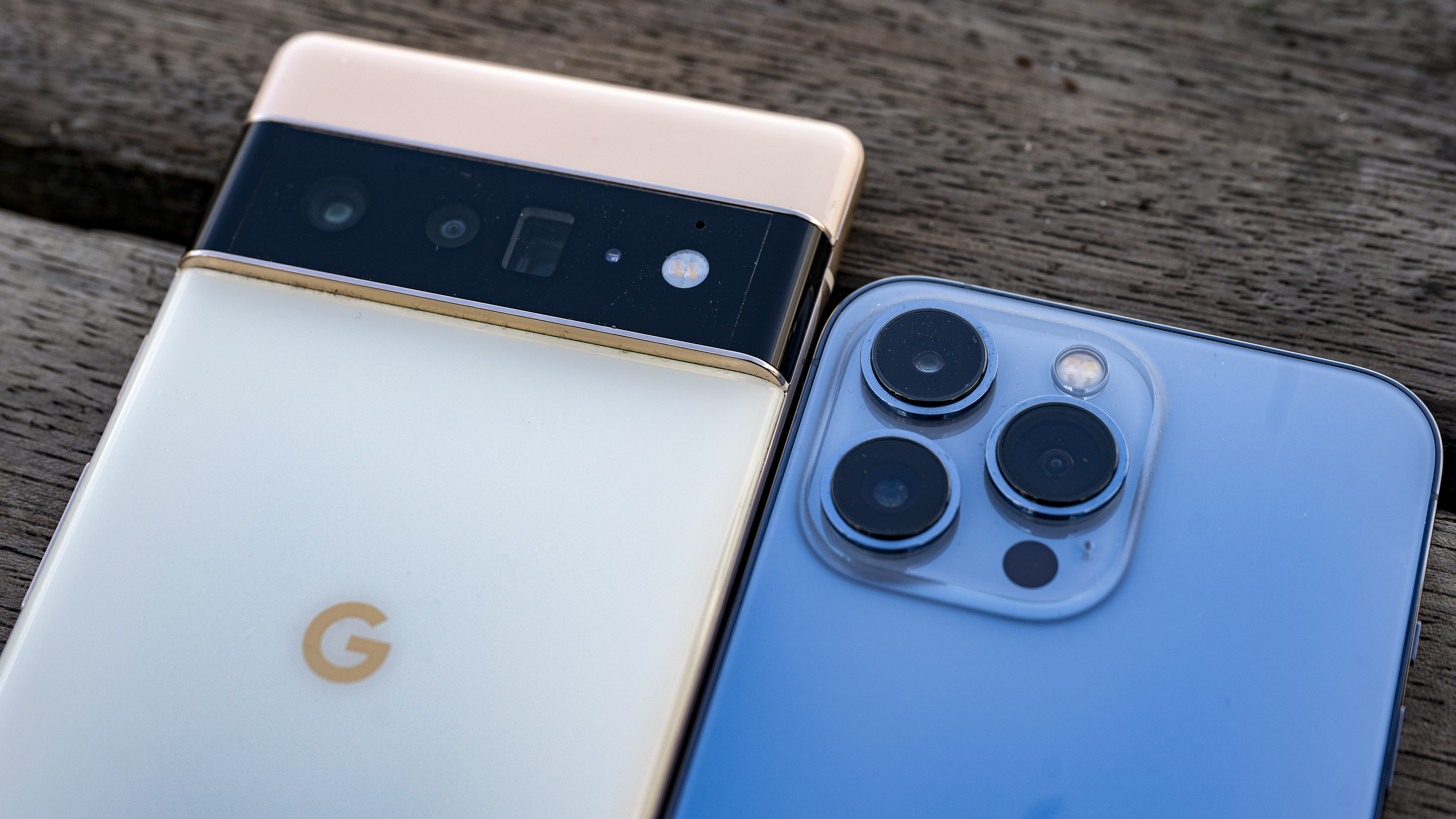
Both the iPhone 13 Pro and the Google Pixel 6 Pro feature a triple-lens camera array on their backs, giving you three different focal lengths to choose from. Both also offer standard lenses, ultra-wide lenses and telephoto lenses - so far so similar.
There are some crucial differences however. The Pixel 6 Pro’s main camera is a 50 megapixel device, paired with an f/1.85 lens. The iPhone 13 Pro’s main camera is a more understated 12 megapixel device but with an f/1.5 lens. The ultra wide angle lens for the Pixel 6 Pro is 12 megapixels, and has an f/2.2 lens - the iPhone 13 Pro’s meanwhile is also 12 megapixels, but boasts an f/1.8 lens. Lastly, the Pixel’s telephoto optic has a 48 megapixel sensor behind it, with a 4x, f/3.5 lens. All three of the iPhone’s sensors are 12 megapixels, this time with a 3x, f/2.8 telephoto lens.
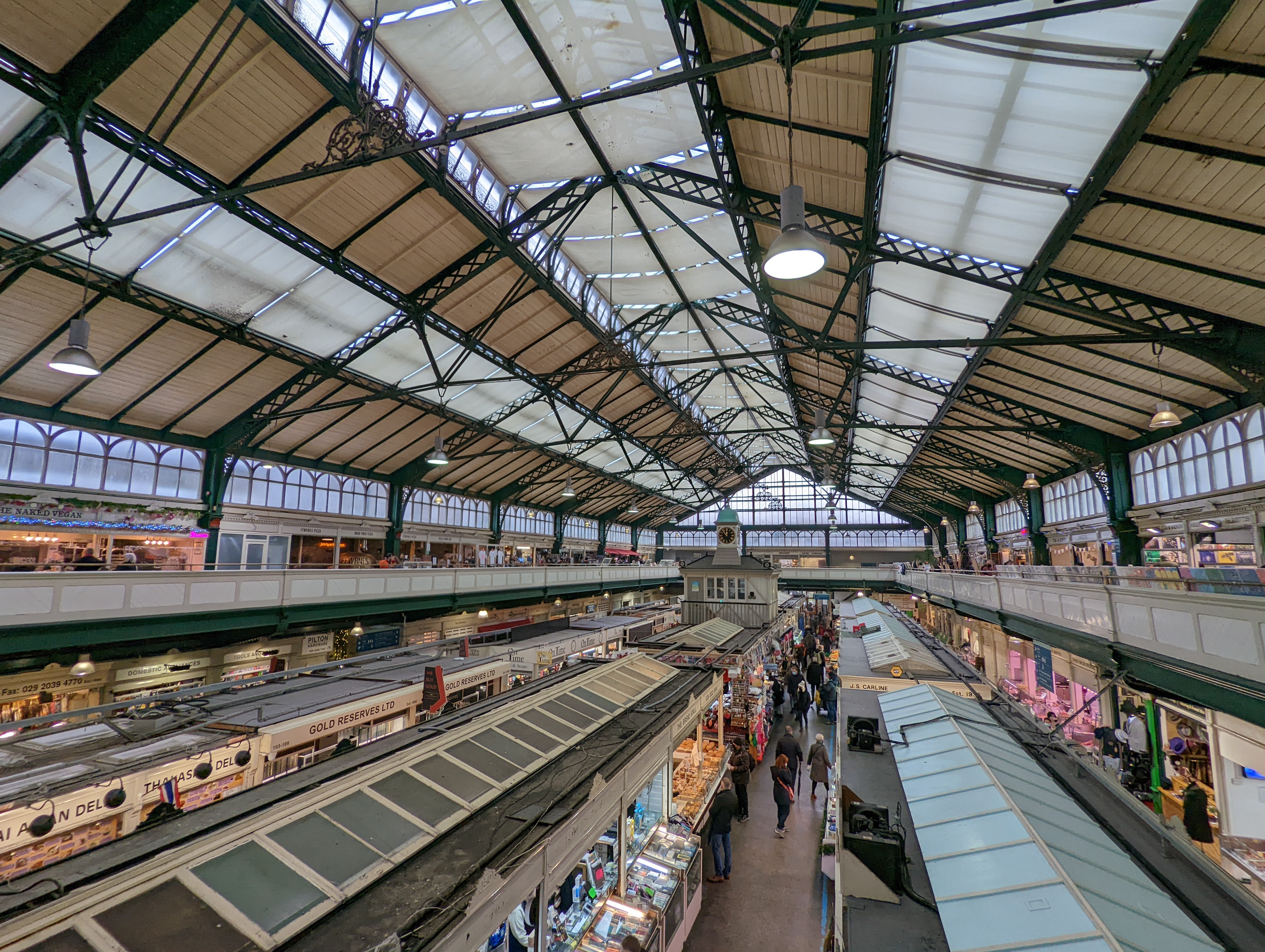
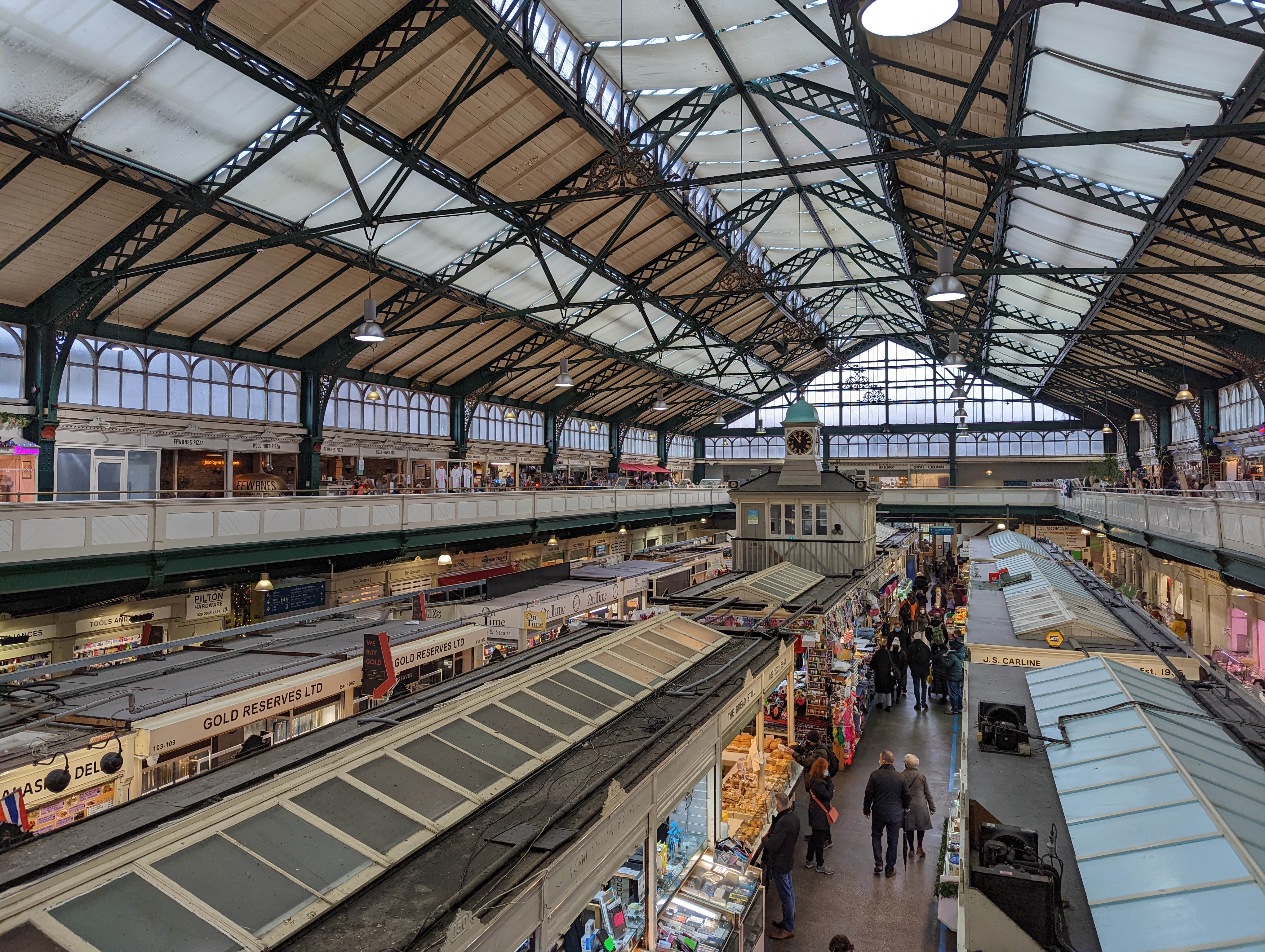
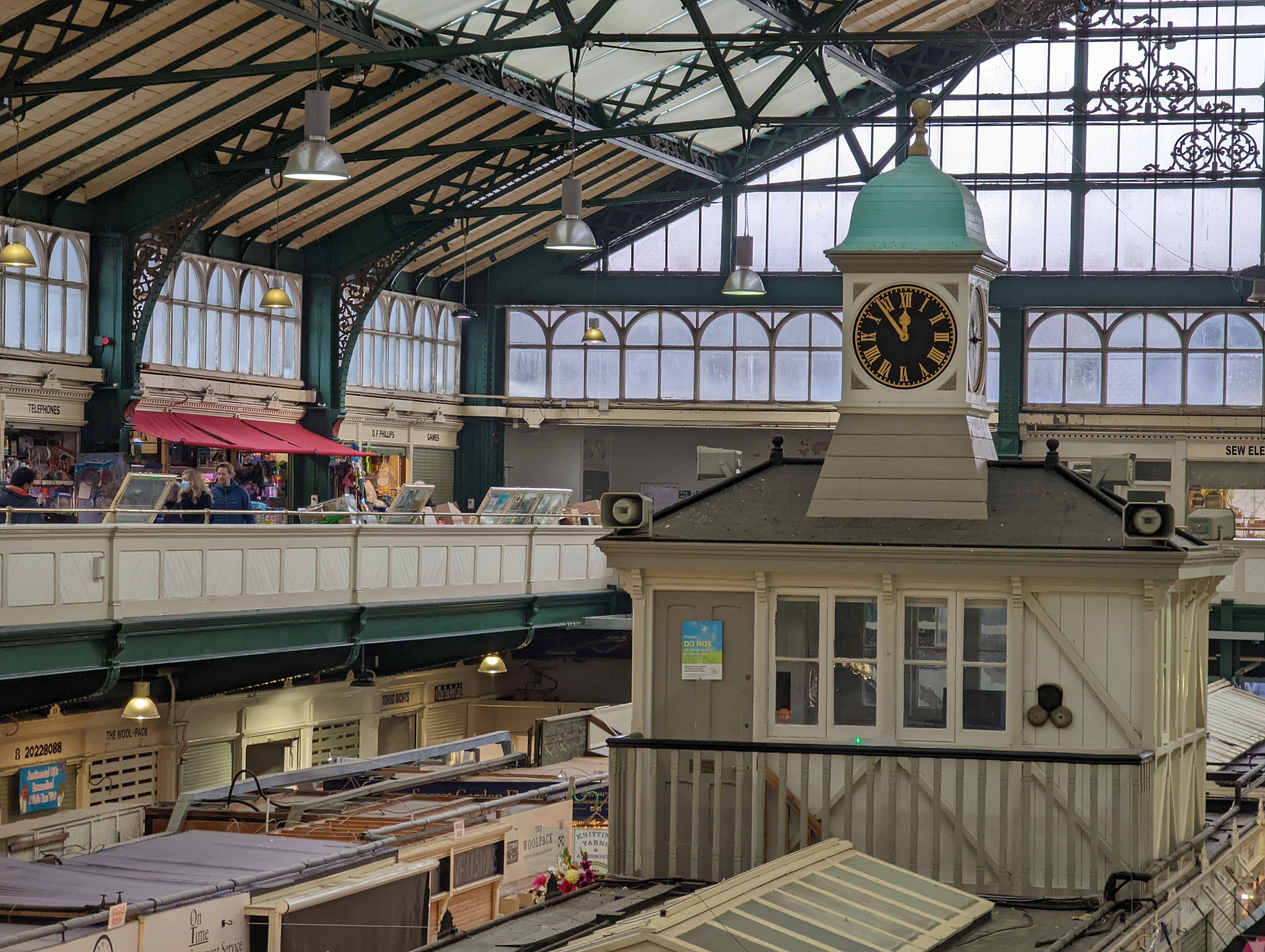


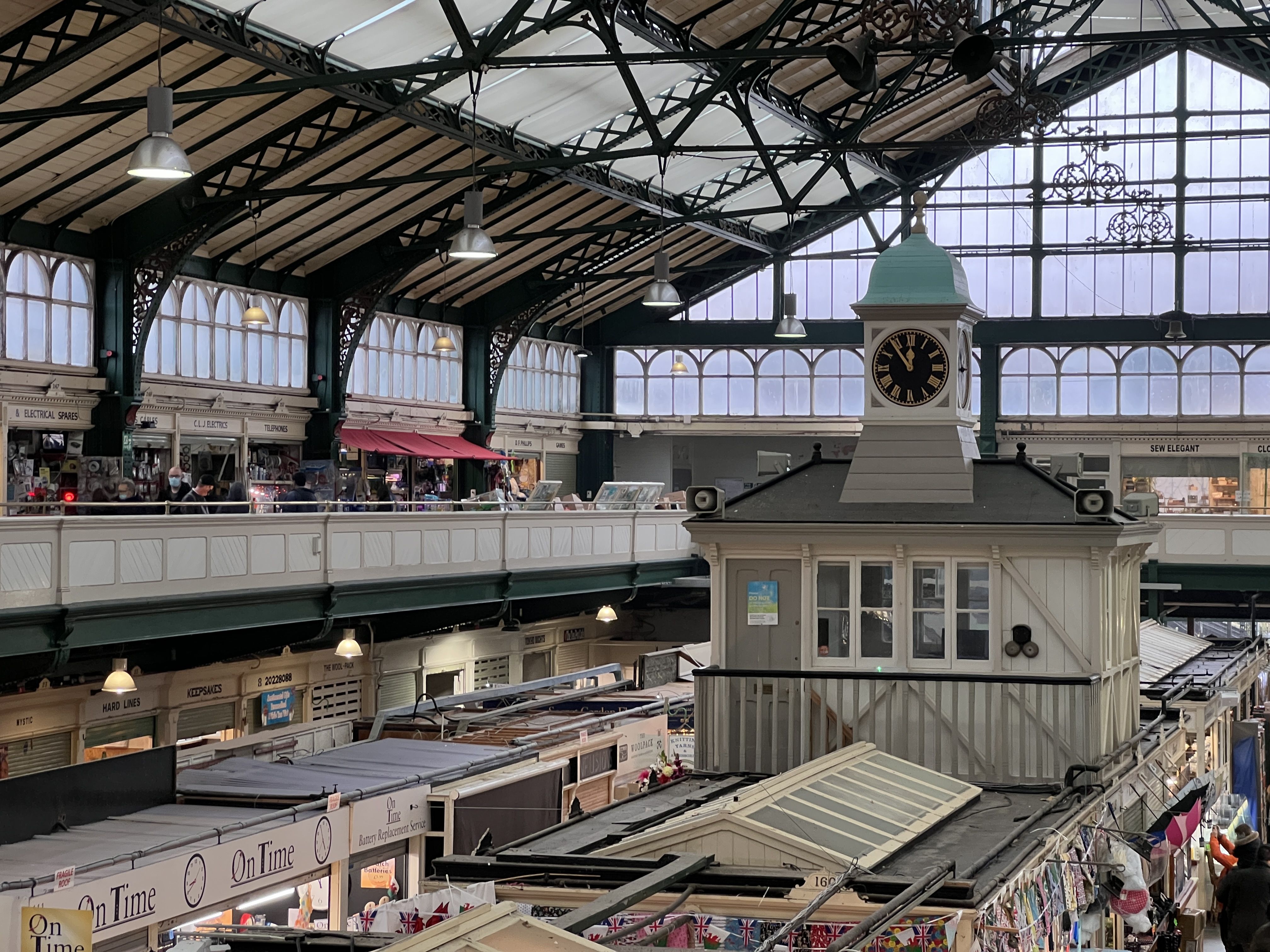
Both devices feature optical image stabilization for the main and telephoto lenses, with the iPhone also including sensor-shift image stabilization on its main lens too.
On paper, the two devices here are fairly evenly matched - with benefits from each outweighing the negatives of the other. It may come down to what it is you prioritize - if it’s a high pixel count, then it’s the Pixel 6 Pro which delivers better, but if it’s a wider / brighter lens, then the iPhone 13 Pro is the winner.
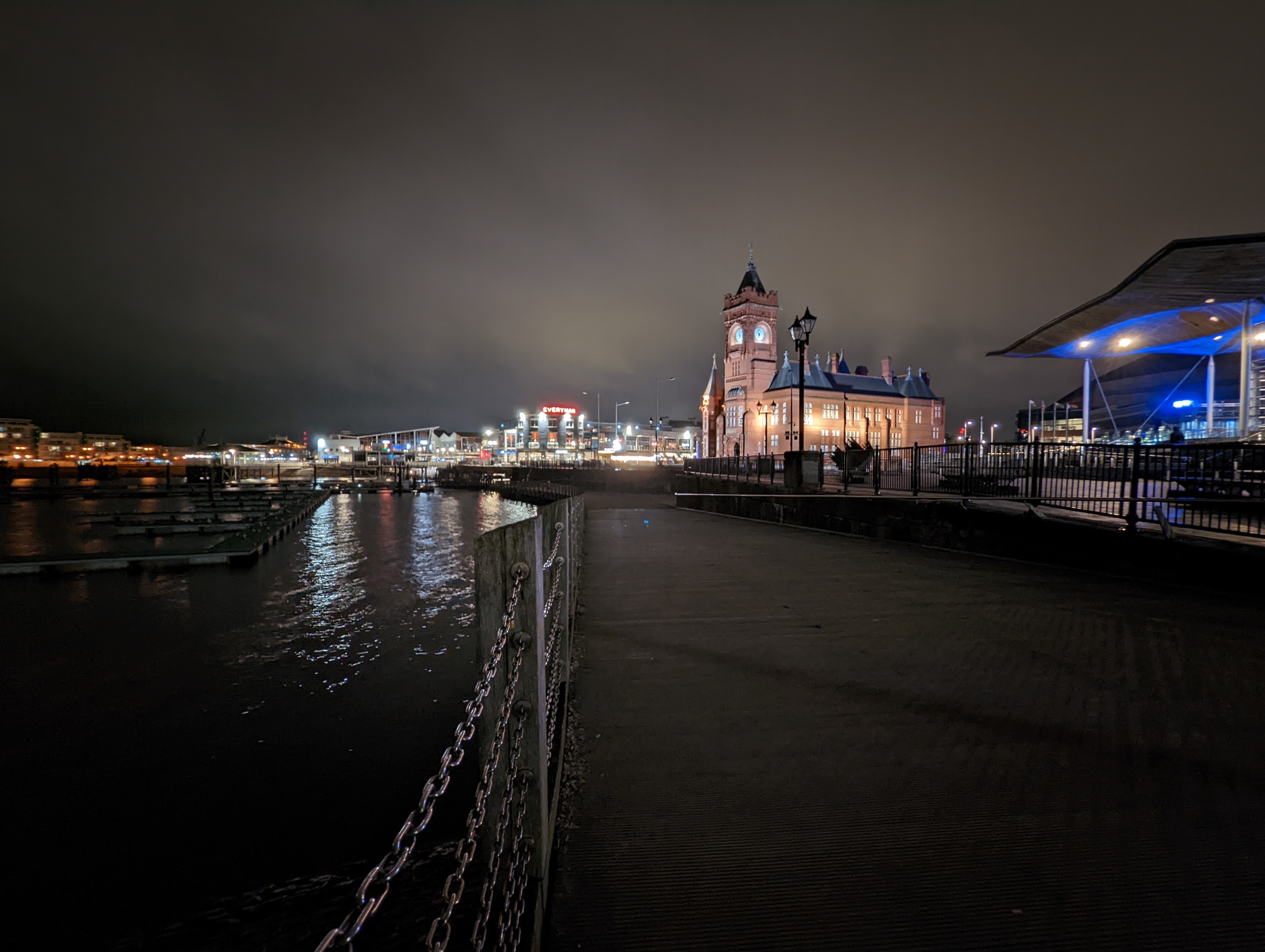
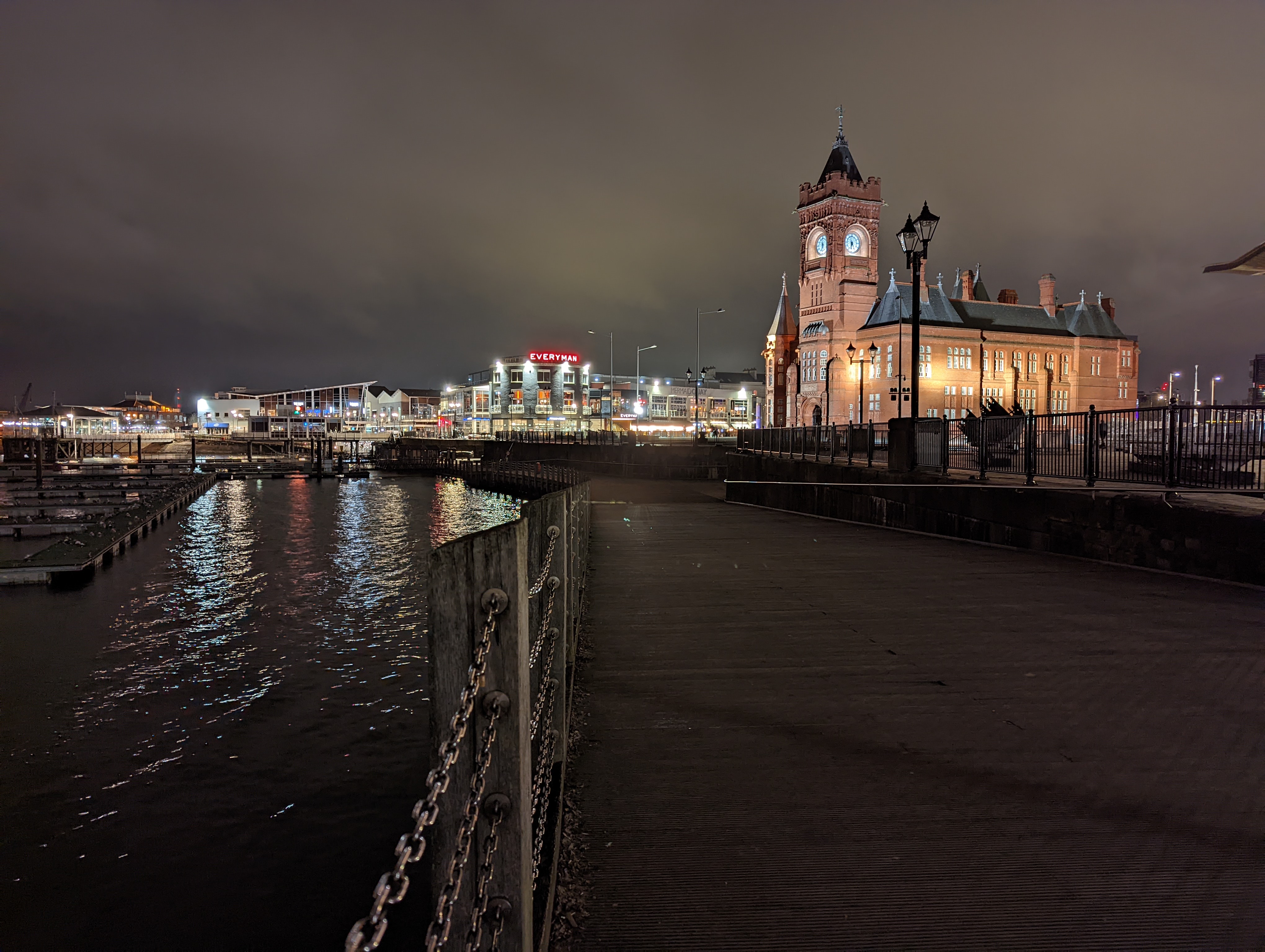
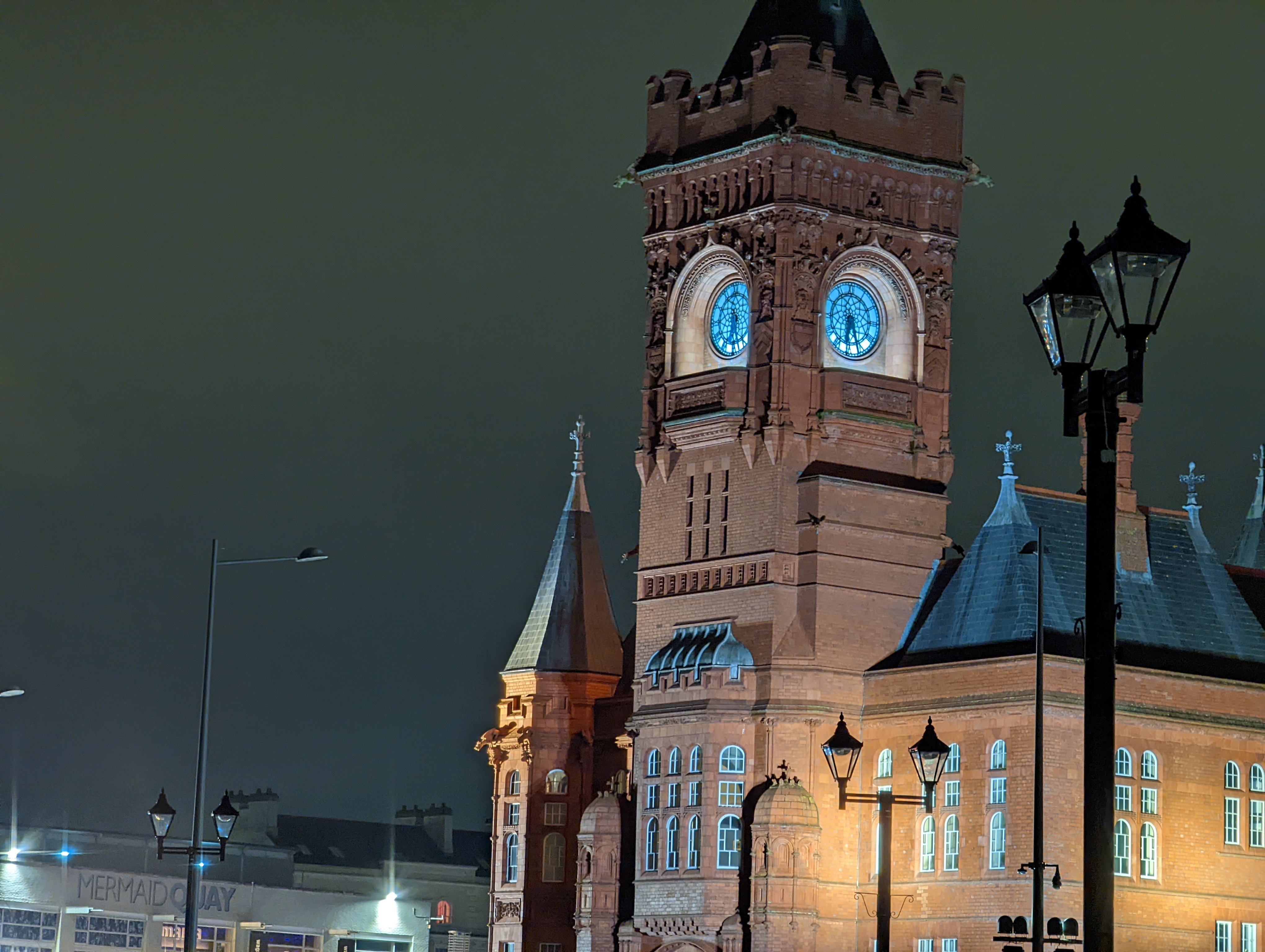
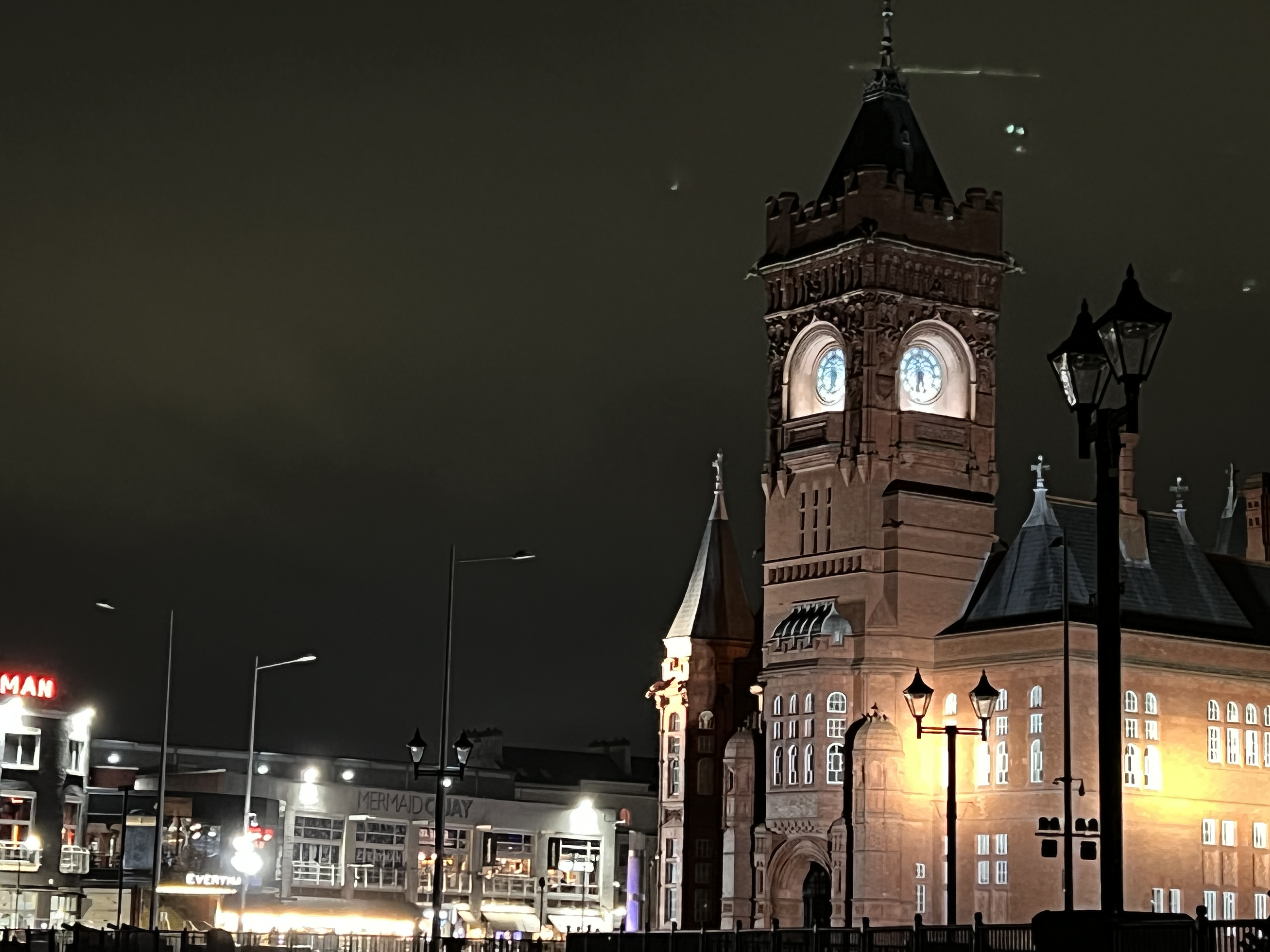
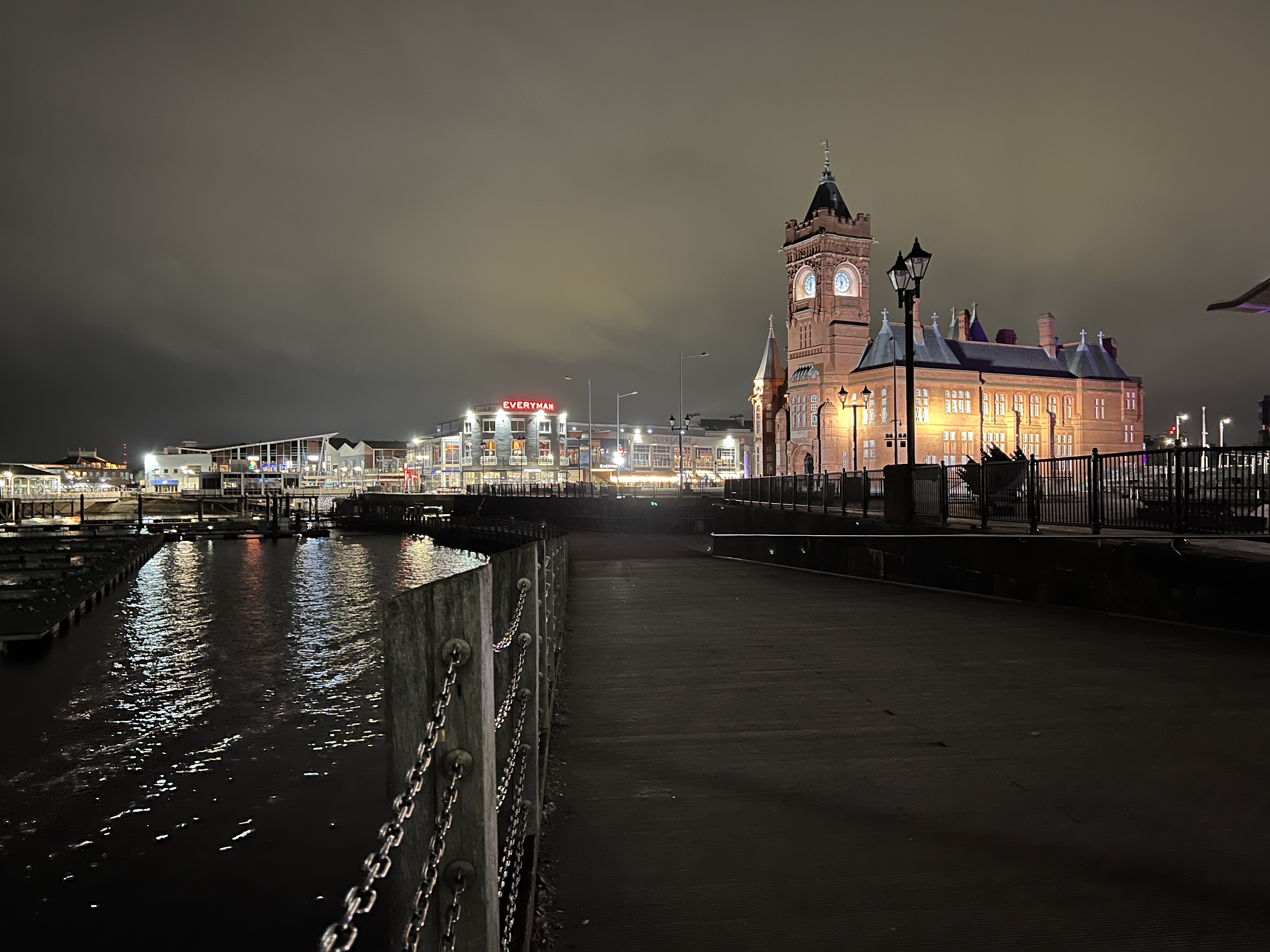

In real-world usage, results from both are excellent, and in fact very similar. It’s quite difficult to pull apart major differences between the two in good, everyday conditions. In low light, again, the two are reasonably evenly matched, with perhaps a little more detail being visible in shots taken with the Pixel 6 Pro if you examine closely. On the flip side, this extra detail is also visible in Portrait Mode - which is not necessarily the most flattering of effects.
Google Pixel 6 Pro vs iPhone 13 Pro: camera features

Both devices are packed with a host of different features which are designed to tempt photographers - and again, there’s quite a few similarities too.
For example, both have a well-performing low light mode (called Night Sight for the Google and simply Night Mode for the iPhone). Both also have a portrait mode for creating shallow depth of field effects, particularly of people.
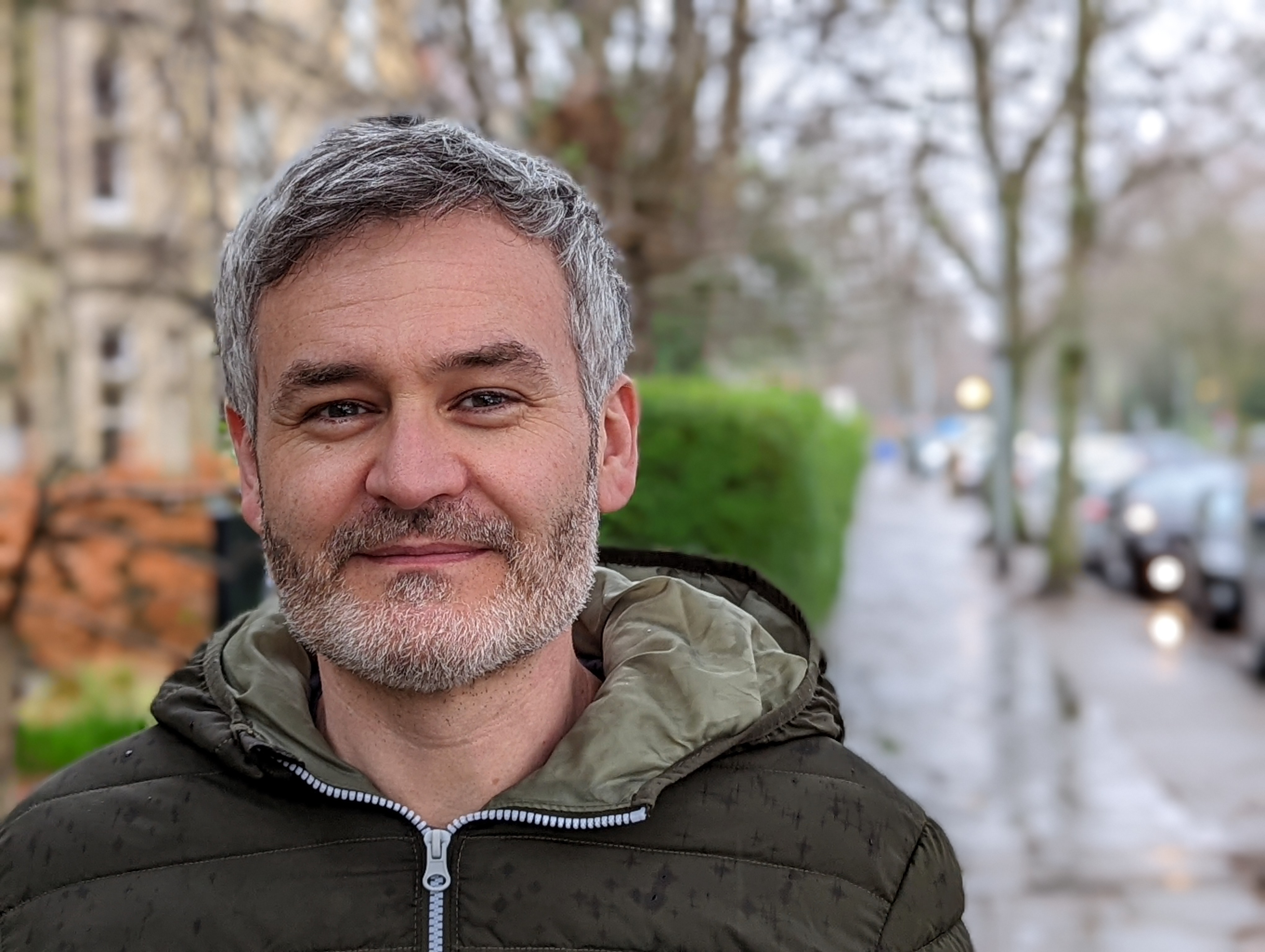

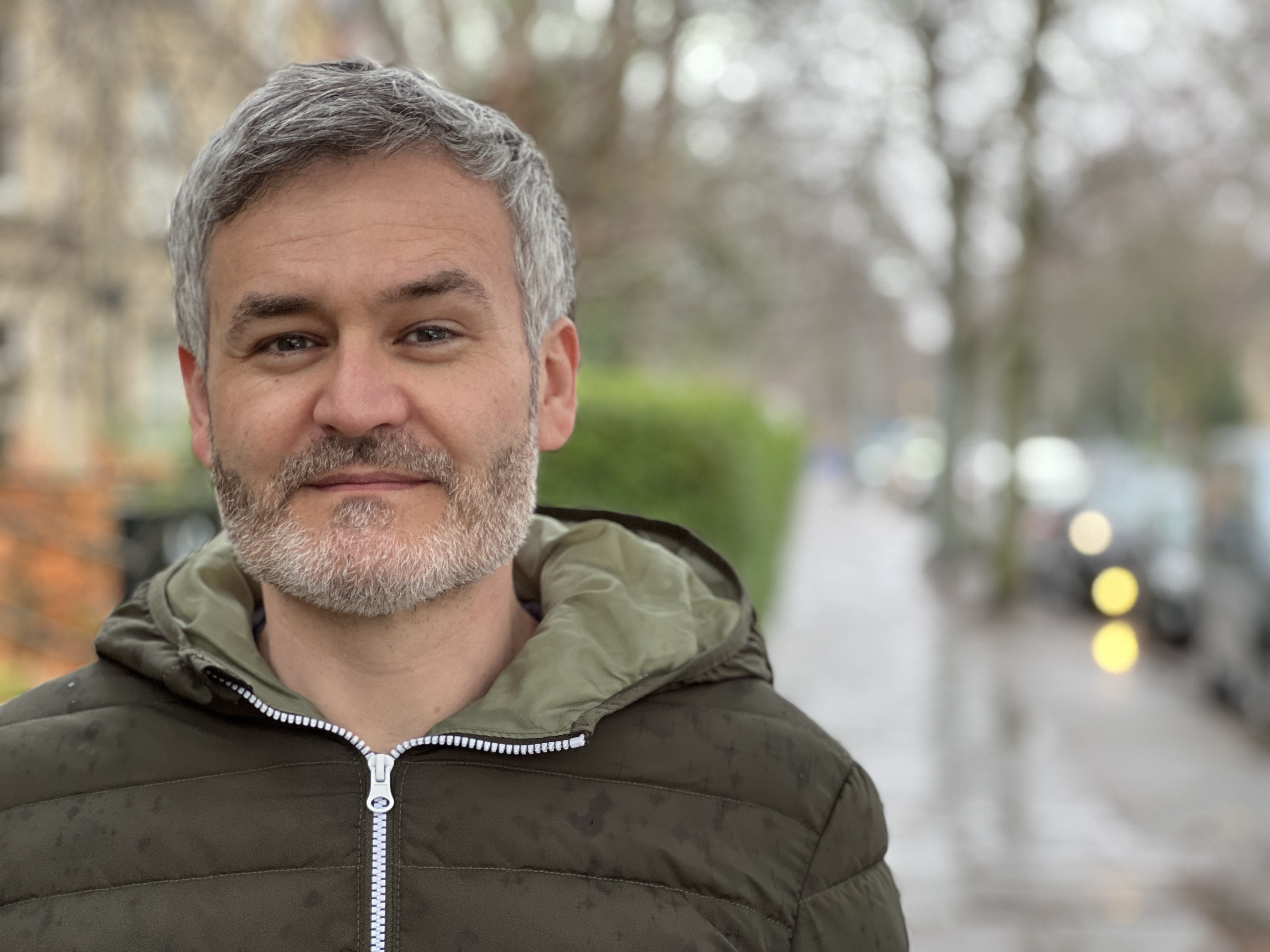
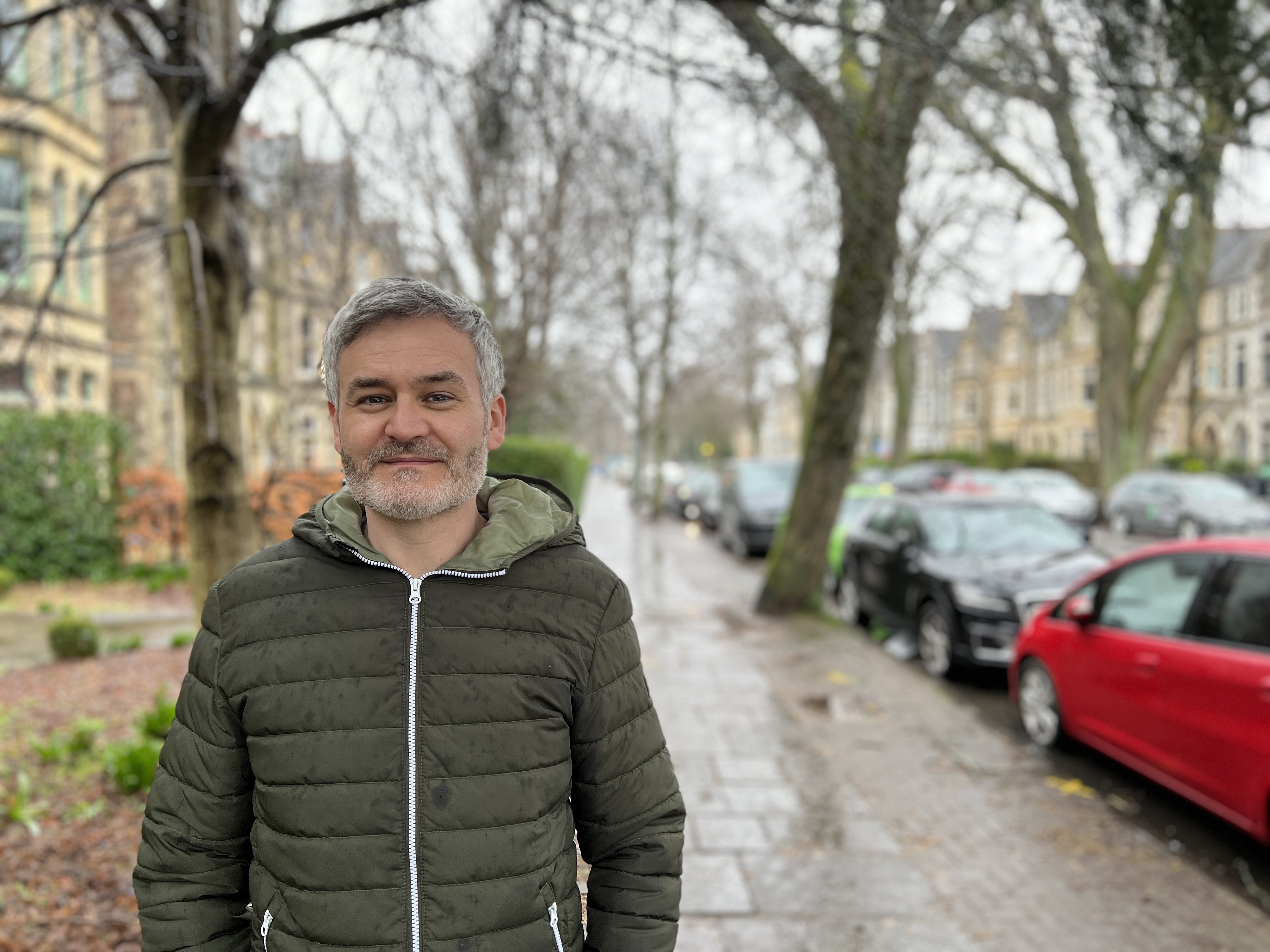
There are some features which are unique to the Pixel - such as Motion Autofocus (which you can use to recreate the effects of a long exposure or panning shot without the need for a tripod) and Magic Eraser, which gives you the option to erase unwanted artefacts from your images. But by the same token, there are also features which are unique to the iPhone here too - such as the ability to shoot extremely close up with a macro focusing option. Which is more important to you likely comes down to personal preferences - though we’d probably guess that macro focusing is more useful to more photographers.
Both have the ability to create raw format (DNG) imagery, while both have fairly simple and straightforward native camera apps. The Pixel 6 Pro gives you a little more control than the iPhone, but neither has a dedicated “advanced” or “pro” shooting mode - which is a little disappointing. Both Android and iOS offer a huge number of third-party photography apps which can be used for better control if you need it though.
Google Pixel 6 Pro vs iPhone 13 Pro: Video
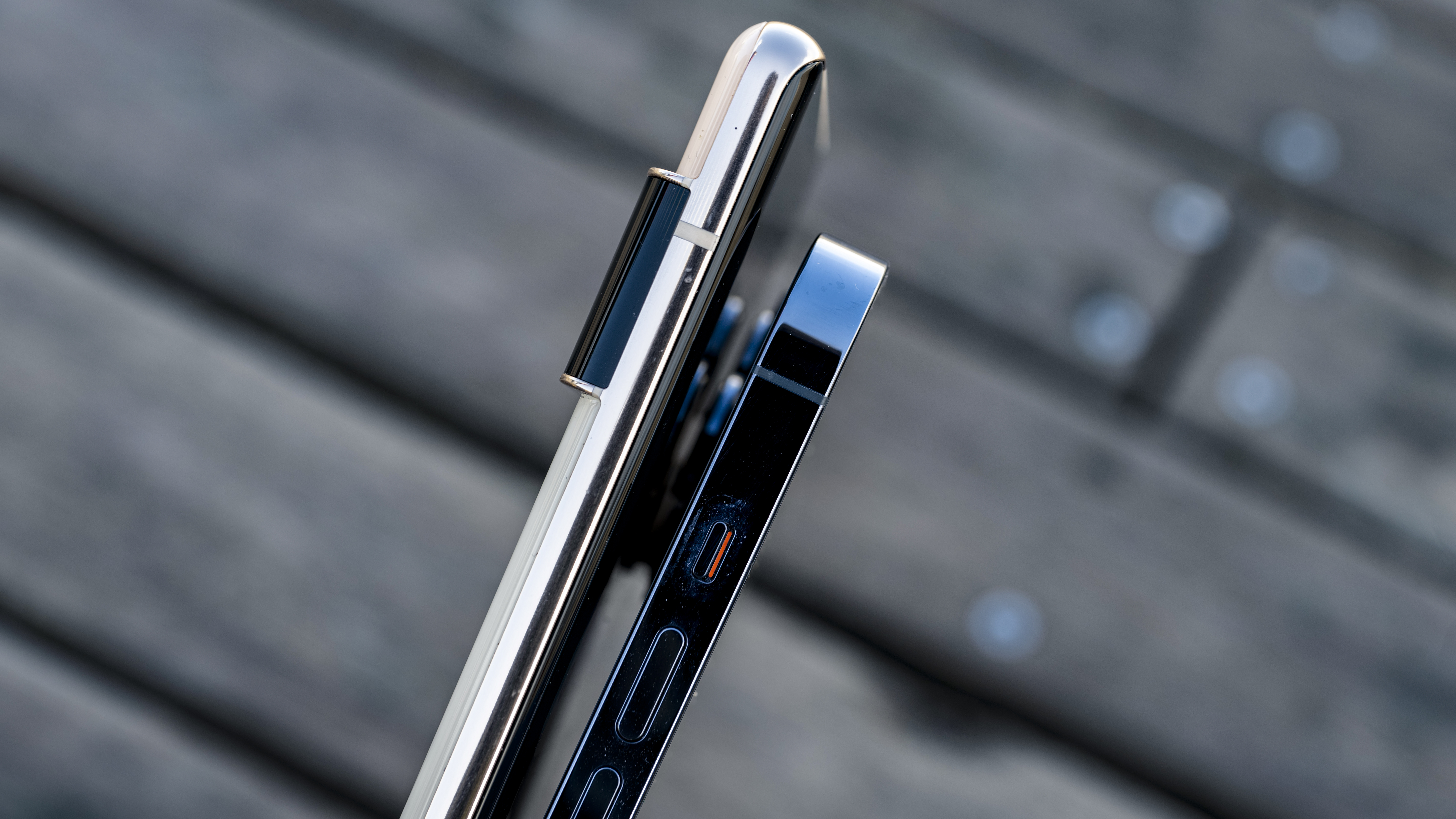
4K video recording at up to 60fps is available on both the Pixel 6 Pro and the iPhone 13 Pro.
Both also offer video stabilization - with the Pixel 6 Pro switching on stabilization will result in a crop, which you can switch off if you prefer. The iPhone 13 Pro’s stabilization can’t be switched off. Both stabilization systems do a pretty good job of keeping your video shots smooth and steady.
Google Pixel 6 Pro 4k sample video - 60fps Uncropped
Google Pixel 6 Pro 4k sample video - 60fps cropped
Apple iPhone 13 Pro 4k sample video - 60fps
The iPhone 13 Pro benefits from Dolby Vision HDR, but as that’s only something that you can see on other Apple devices, it’s not so easy to compare the two side by side (as you can’t take away screen differences). Another benefit of the Apple device however is the ability to shoot in Apple ProRes, something which advanced videographers may want to take advantage of.
Google Pixel 6 Pro vs iPhone 13 Pro: Screen and Design
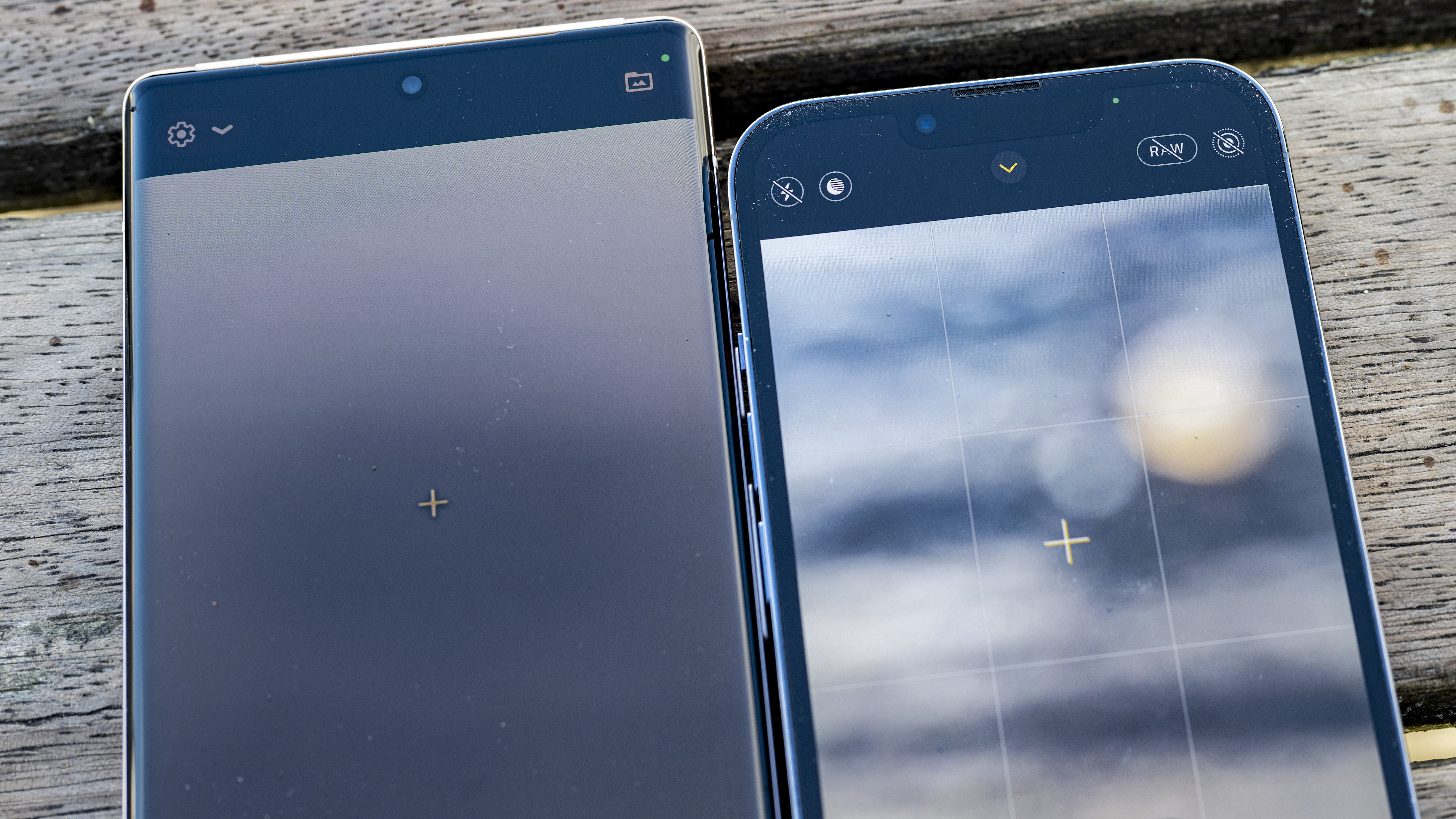
With its very large 6.7” (170mm) screen, the Pixel 6 Pro is very much in “phablet” territory. By contrast, the iPhone 13 Pro has a much smaller 6.1” screen. It’s therefore perhaps fairer to compare the Pixel 6 Pro with the iPhone 13 Pro Max, which also has a 6.7” screen.
The Google Pixel 6 Pro features an LTPO OLED QHD+ (1440 x 3120 pixels) device at 512ppi, while the iPhone 13 Pro Max’s screen is a Super Retina XDR (2532 x 1170 pixels) device at 458ppi. If you do stick with the smaller iPhone 13 Pro, you’ll also get a Super Retina XDR (2532 x 1170 pixels) device at 460ppi. All three devices offer a 120Hz refresh rate.
All of the devices are lovely and bright, showing off your photos and videos very well, especially when viewed in isolation. However, it’s probably the Pixel 6 Pro which is just about the best - but it’s only particularly evident when you place them all next to each other.
In terms of the size of the devices, the Pixel 6 Pro measures in at 163.9 x 75.9 x 8.9mm, while the iPhone 13 Pro Max is 160.8 x 78.1 x 7.65mm. Those opting for the smaller iPhone 13 Pro will get a 146.7 x 71.5 x 7.65mm device. Again, sizing is very much dependent on personal preference - the smallest device of the three is easier to hold and use than the other two, but for displaying your photos (and other apps), bigger is arguably better.
Corning Gorilla Glass Victus is used for the Pixel 6 Pro, while the iPhone 13 Pro has a CeramicShield front - so both should be good for resisting at least fairly light scratches.
The colors available for the phone’s finish are a bit more fun with the Pixel 6 Pro. With the iPhone 13 Pro you get relatively reserved color options (Graphite - Black, Gold, Silver and Sierra Blue), compared to the Pixel’s brighter Sorta Sunny, Cloudy White and Stormy Black.
Google Pixel 6 Pro vs iPhone 13 Pro: battery and processor
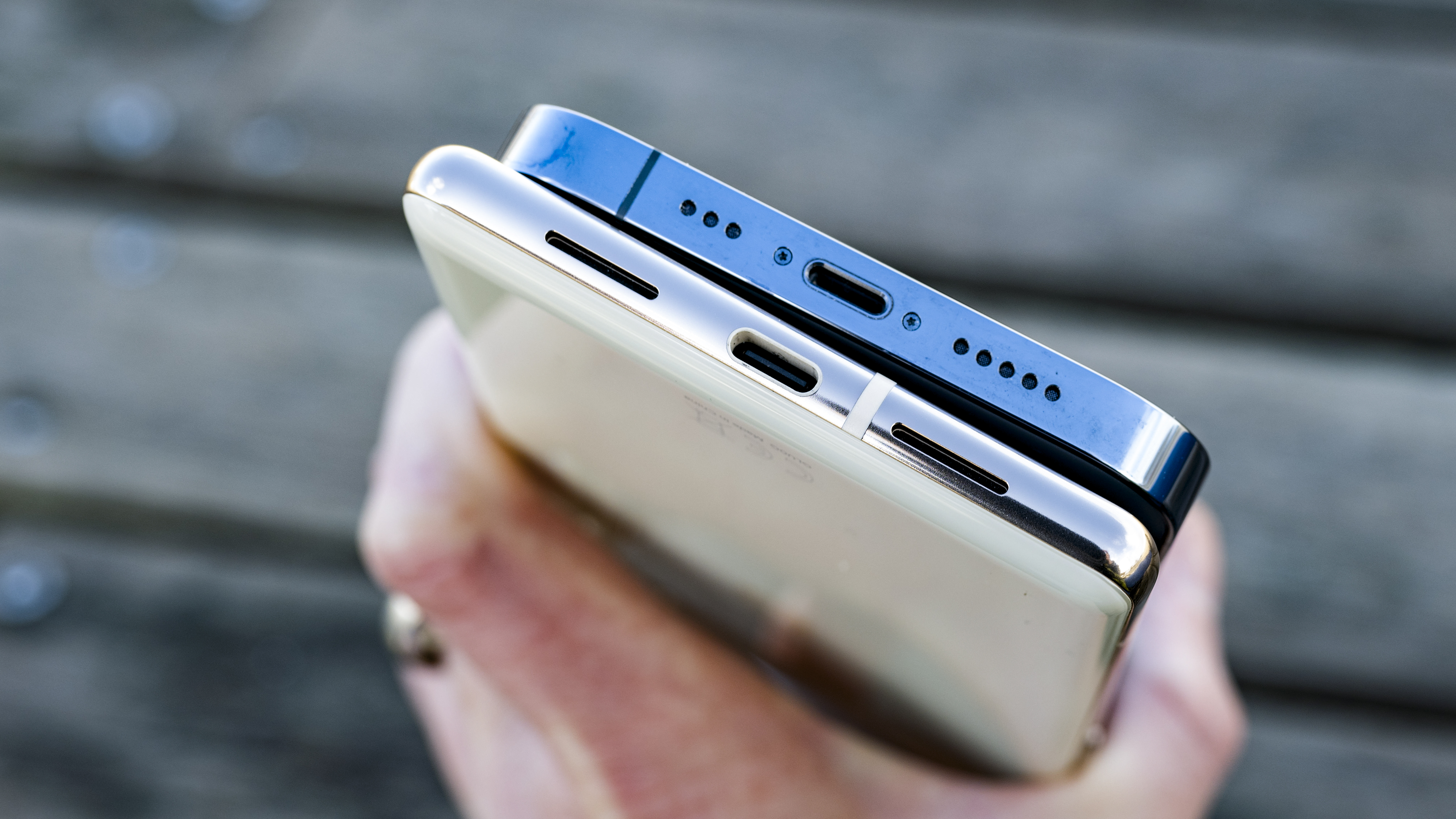
The Pixel 6 Pro has a 5003mAh battery, which offers fast charging and wireless charging. Google claims that it will last beyond 24 hours, and in real-world testing that seems to be true so long as you’re not hammering the battery by recording hours of 4K video for example.
Apple doesn’t disclose its exact battery specs, but it does claim that the iPhone 13 Pro’s video playback capability is 22 hours, or 28 hours for the Max version. Again, in real-world usage, the iPhone 13 Pro doesn’t need to be charged up before the end of a day so long as you’re using it relatively “normally.”
Google is using its newly-developed Tensor processor for the Pixel 6 series, which helps with some of its camera features, including Motion Autofocus and Magic Eraser. Meanwhile, the iPhone 13 Pro features an A15 Bionic Chip, which the company says is its faster chip ever. Again, certain camera features draw their power from this chip, such as Deep Fusion and Smart HDR.
Google Pixel 6 Pro vs iPhone 13 Pro: memory and storage

If extensive storage is what you require, then the Pixel 6 Pro is a little bit of a disappointment. The maximum you can get here is 256GB storage, with an 128GB option also available. The iPhone 13 Pro has more storage options, maxing out at 1TB, with 512, 256 and 128GB options also available - it’s worth noting that you’ll need at least 256GB if you want to take advantage of Apple’s ProRes video at 4K. Neither offer the ability to expand the inbuilt storage via MicroSD cards or similar.
Google Pixel 6 Pro vs iPhone 13 Pro: Conclusion

The Pixel 6 Pro and the iPhone 13 Pro are very evenly matched in many respects - so it’s not a straightforward decision when it comes to choosing which is best.
It’s hard to deny that the Pixel 6 Pro is better value for money, being at the very least $100/£100 cheaper than the iPhone 13 Pro, but arguably being more like $100/£200 cheaper when you look at the two more comparable devices (iPhone 13 Pro Max and Pixel 6 Pro). That said, not having to compromise on camera quality if you don’t want a very large phone is a big bonus for the iPhone 13 Pro series.
As both are excellent smartphones for photography, in the end it will likely come down to which type of system you prefer, and or perhaps which you’re already embedded in. If you’re a dedicated iOS user, there’s probably not quite enough to tempt you over to the Android side with the Pixel 6 Pro - and vice versa.
If you’re a little more on the fence, it’s likely to be a combination of price, how big a phone you want, or maybe your storage needs, that will swing the decision one way or another.
Read more:
Best camera phones
Best iPhone for photography
Apple iPhone 13 Pro vs iPhone 13
Google Pixel 6 vs Pixel 6 Pro
Best phablets
best budget camera phones?
Get the Digital Camera World Newsletter
The best camera deals, reviews, product advice, and unmissable photography news, direct to your inbox!
Amy Davies has been writing about photography since 2009, and used to be a colleague on Digital Camera magazine and Techradar.com. She now works as a freelance journalist writing for nclude Amateur Photographer, Stuff, Wired, T3, Digital Photographer, Digital Camera World, TechRadar, Trusted Reviews, ePhotozine and Photography Blog. She has an undergraduate degree in journalism and a postgraduate diploma in magazine journalism, both from Cardiff Journalism School.

